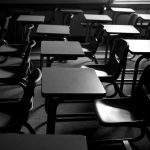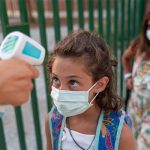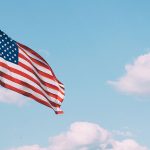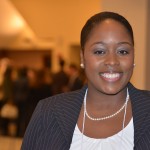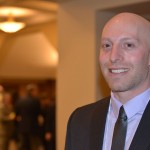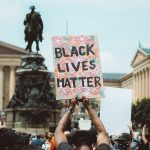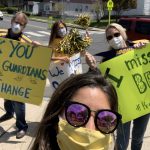Since the 1900s, U.S. public schools have employed a growing number of school resource officers (SROs) – defined here as sworn law enforcement officials. In 1975, only 1% of schools reported having police officers on site, but by 2018, approximately 58% of schools had at least one sworn law enforcement official present during the school week.
Editor’s Note: The following piece was originally published in UConn Today. In-person, hybrid, remote, and/or home-school – the options for K-12 schooling during the pandemic are complicated, each with their own pros and cons. UConn Today asked psychologist Sandra Chafouleas, Board of Trustees Distinguished Professor and Neag Endowed Professor in the Department of Educational Psychology, […]
A leadership program for undergraduate women at UConn has proven so successful the funder has donated $1.2 million to extend it for at least three years.
The grant provides scholarships and a transformative experience to several juniors through the BOLD Women’s Leadership Network. The BOLD program cultivates courageous leadership and career success in young women during college and after they complete their studies.
News headlines seem to suggest consensus about how bad the debate was, some deeming it the worst in presidential history and an embarrassment to society. The theme of many stories covering the event can be summed up in a single word: dysfunction. Dysfunctional debates are characterized by not listening, jumping in and cutting others off, grandstanding, boasting, using sarcastic or biting tones, and not acknowledging others.
In 2020, the deaths of Ahmaud Arbery, George Floyd, Breonna Taylor, and others led to a resurgence of the Black Lives Matter movement across the nation and around the globe. The revitalization of this movement has come with increased public demand for policy change, and specific calls for anti-racist policies in schools. As a result, many educational leaders are grappling with what this means for their respective contexts, and the extent to which their school or district’s current policies measure up to public demand.
Michigan native Jeremy Landa, formerly a high school social studies teacher and swimming coach, arrived at UConn in the fall of 2015 as one of the Neag School’s first-ever Dean’s Doctoral Scholars. Having recently defended his dissertation in education policy, he now reflects on his experience as a doctoral student, sharing some of his learnings about the Ph.D. process, and himself, along the way.
In the United States, suicide is the 10th leading cause of death — with more than 2,000 14- to 18-year-olds dying every year by suicide, and accounting for about one of every three injury-related deaths. That’s the equivalent of losing a large high school’s worth of teenagers to suicide, year after year. These numbers demand our attention.
In the months since Breonna Taylor and George Floyd were killed by police last spring, public outrage over anti-Black racism has inspired widespread protests, conversations and calls for reform. It is a movement with origins both recent and centuries old, and continues to spark in protest, as in the recent case of Jacob Blake, a black man shot by police in Kenosha, Wis. For students at the University of Connecticut, a new course will introduce them to the foundational history of systemic and anti-Black racism in the U.S. that underlies the current movement.
Historical monuments are intended to be timeless, but almost all have an expiration date. As society’s values shift, the legitimacy of monuments can and often does erode,” say Alan Marcus, a professor of curriculum and instruction at the Neag School, and Walter Woodward, an associate professor of history at UConn. “This is because monuments – whether statues, memorials or obelisks – reveal the values of the time in which they were created and advance the agendas of their creators.”
The summer is typically a time for school superintendents to reflect on the previous school year and start thinking about the year ahead. However, preparation looks very different in the age of COVID-19 as school districts choose between three reopening models: fully in-person, hybrid, or remote.
